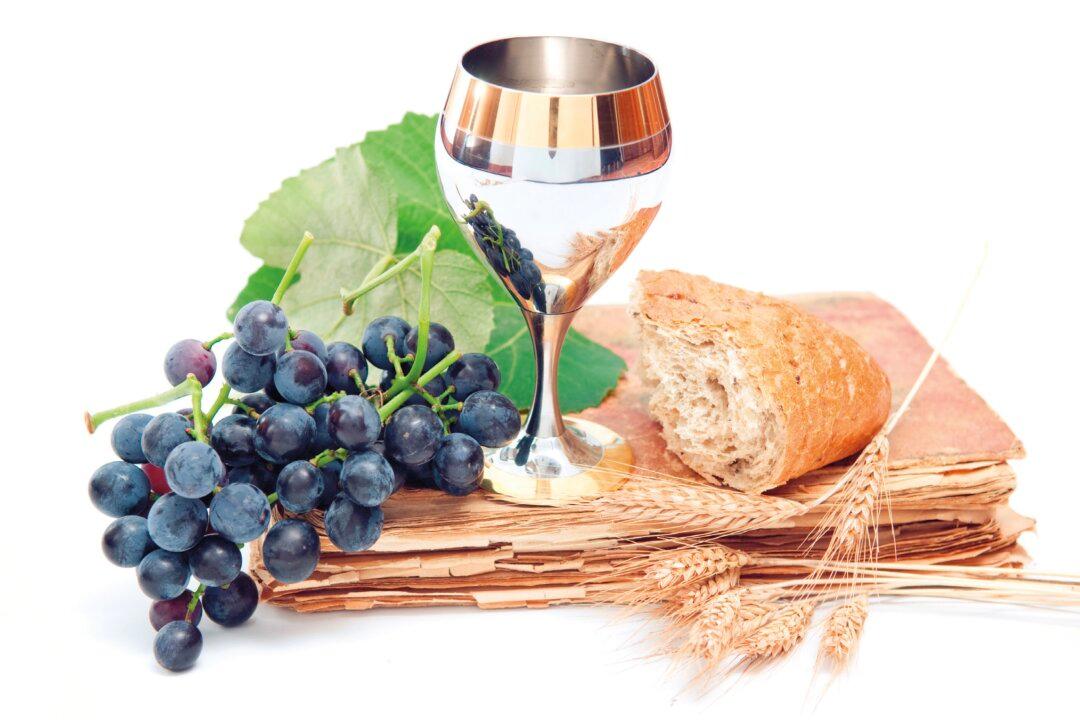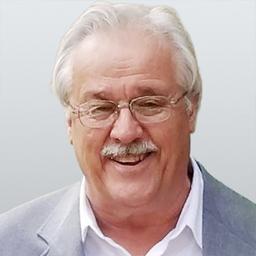Prohibition was a well-intentioned government plan intended to deal with several issues in the early 20th century. It aimed to reduce crime and corruption, address strained family relations, and ease the tax burden of prisons and poorhouses.
Unfortunately, the “great social and economic experiment” President Herbert Hoover referred to had unintended consequences like bootlegging, gang wars, and the shuttering of taverns and restaurants, causing a loss in tax revenue. Though the banning of the manufacture, transportation, and sale of intoxicating liquors included in the 18th Amendment didn’t have the desired effect, that likely would not have made a difference to a strict teetotaler like Thomas Welch.






